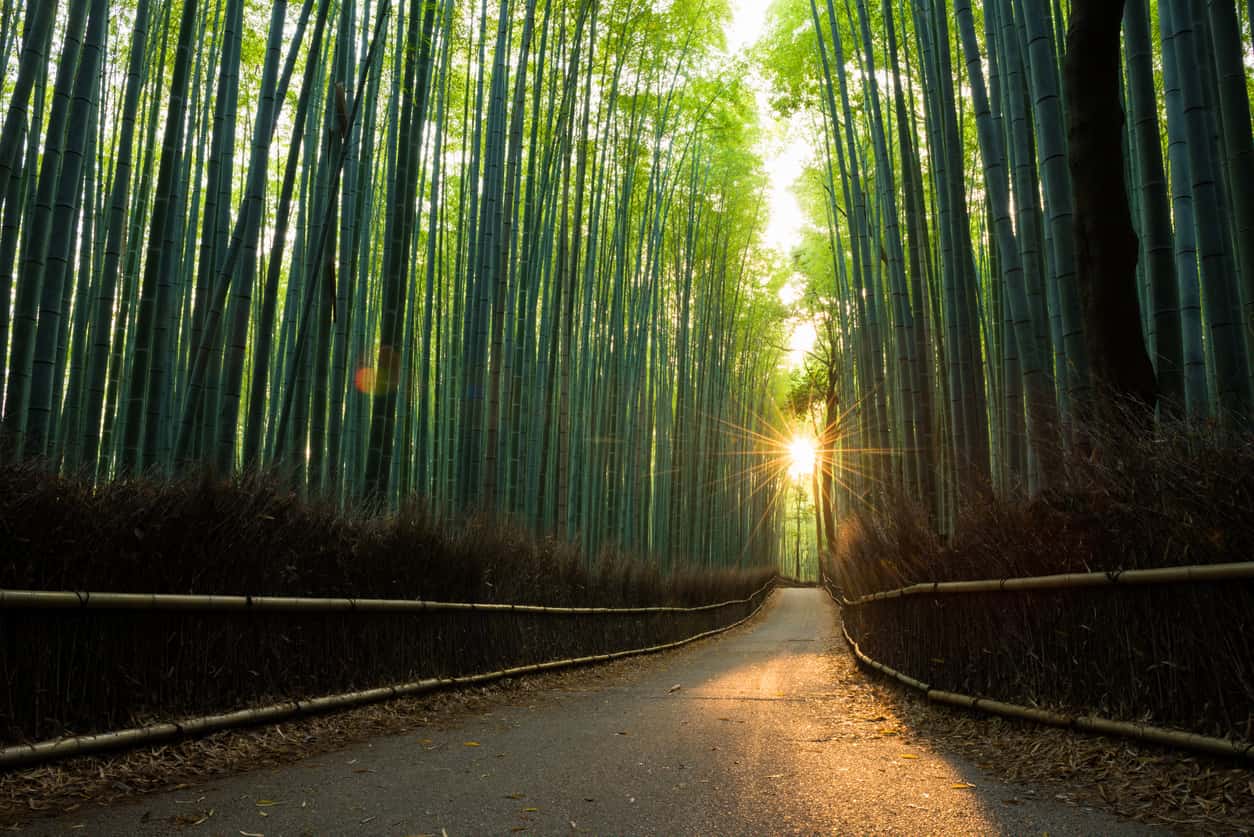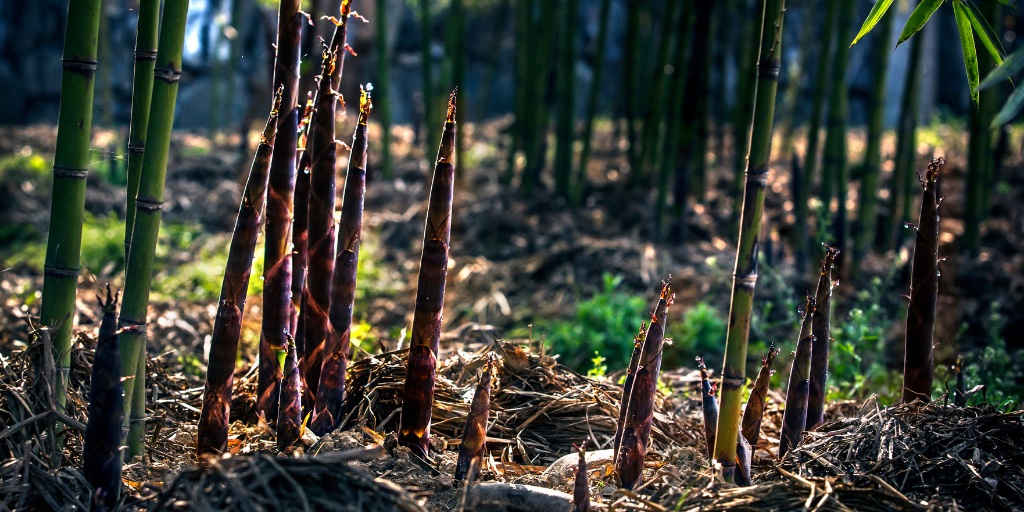Through photosynthesis, bamboo converts carbon dioxide into energy, water, and oxygen. This reduces the amount of carbon dioxide in the atmosphere, making it a highly sustainable material.
The MOSO® bamboo used in our products grows up to a metre a day to a maximum height of 20 metres in 4-5 years, making it a rapidly growing and replenishable resource to use for your decking or cladding.
What is a Carbon Lock?
The carbon consumed by bamboo during photosynthesis is effectively locked inside of it in a process known as a “carbon lock”. This carbon becomes part of the makeup of the material, meaning it won’t be released again until the product decomposes or burns.
MOSO® bamboo can easily be raised to Fire Class B without chemical fire retardants, making it unlikely to burn. It also has an incredibly long lifespan, over 30 years, meaning it will last a long time before it needs replacement.
These factors combined mean that the carbon is unlikely to ever be released from your product throughout the duration of its lifespan.
How Much Carbon is Locked in Bamboo
There can be as much as 1.662 metric tonnes of CO2 per m3 of bamboo when looking at strong variants such as the MOSO® X-treme®. When harvesting, the plant produces new stems which capture even more carbon, providing a steady supply of eco-friendly building materials.
Due to its fast growth and heavy, durable nature, the amount of carbon stored in bamboo can meet and exceed the levels of carbon stored in an equivalent timber product.
European norms can be used to determine the actual carbon content of a given type of bamboo. This takes into account the moisture content, weight, and density of the bamboo to create a resultant measure of its approximate carbon levels.
Check out our range of bamboo decking products to get an eco-friendly fit out for your garden >

